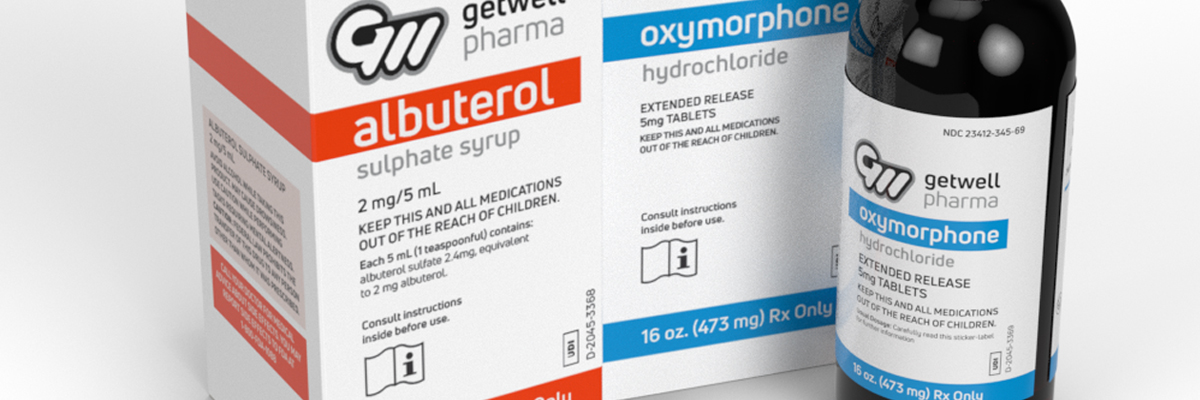Mistakes and accidents happen all the time.
That’s why Wite-Out, erasers, the ‘undo’ button, and Grammarly were all invented. It’s also why paper towels were invented (for cleaning up messes), and why challenges were implemented in leagues like the NFL and MLB (to make up for bad calls by refs and umpires). It’s why the trash folder on our computer still holds onto the documents until we empty it (to ensure that we meant to delete that file).
Mistakes also happen with packaging. Packaging errors can be harmful to brands for multiple reasons.
First, it can harm brand reputation. Think about the last time you saw a typo in a professional piece of work. Whether in a book, newspaper article, billboard, or even a tweet from a brand, you may have formed a different opinion about the author, publisher, or company after seeing the mistake.
Second, it can be expensive to recall items that have mistakes on their packaging. It’s also a waste of materials and will take time to figure out where the error occurred and how to avoid it in the future.
Third, and perhaps most importantly—especially for food and beverage and pharma companies, as well as brands that operate in the healthcare sphere—label errors can be harmful to consumers. An obvious example would be someone with peanut allergies picking up a granola bar that has peanuts in it but isn’t accurately labeled with the claim that there is or could be peanuts in the product.
With brand image, profit, and consumer health all being directly affected by packaging errors, companies should be making sure that they have the systems in place to reduce and catch packaging mistakes before it’s too late.
How Labeling and Packaging Mistakes Occur
A packaging label is made up of a lot of detailed information. Depending on the product, these are some of the details that may need to be included on the label or in a leaflet:
- An expiration and manufacturing date
- A detailed ingredient list
- Warning statements and restrictions
- Clear instructions or directions on how to use the product properly
- Sufficient information about the manufacturer
All this information also needs to be readable and visible.
The label and the rest of the package must also adhere to the strict brand standards outlined by the company, including any nuances specific to the geographic region(s) where the product is sold and an accurate description of the product.
While a brand may have a solid quality assurance (QA) system for vetting each and every package design that makes its way through the queue, no brand is immune to the occasional slip-up.
The key is to reduce the number of errors during the initial process so that there are fewer errors for QA to catch overall.
Here’s how brands can do that:
How to Reduce Errors in Your Packaging and Labels
Take Advantage of the Last Approved Version of Label Artwork
Brand teams should work smarter, not harder.
Wait. They should actually do both. One way brands can do this when it comes to packaging is by implementing the “pick-up” strategy. This packaging design strategy involves starting the workflow with the last approved version of the packaging artwork.
Let’s say a food and beverage company is releasing a new flavor for one of their sports drinks. This is a “work smarter” move because it saves time as opposed to starting from scratch.
That being said, packaging designers still have to work hard and perform their due diligence to make sure that the new design has the right information on it. For example, if the new package design is an entirely different product from the approved version being used as a template, then the barcode, UPC, or QR code needs to be updated.
Use Thorough Digital Workflow Solutions That Improve Communication
When brands find the right digital workflow management solution for their packaging needs, it can make all the difference in the world. Not just for reducing errors, but for improving the efficiency in which designs are created.
The perfect workflow tool will allow the packaging design team to do more with less time, make it easier to understand the overall scope of the project, and enable cross-functional collaboration to simplify communication.
Miscommunication is a problem that companies all over the world face. In fact, according to a study from Holmes, the 400 surveyed corporations (with 100,000 plus employees in both the U.S. and U.K) estimated that communication barriers cost them, on average, $62.4 million per year in lost productivity. That’s a lot of dough lost due to miscommunication!
To avoid falling into the trap of miscommunication that can lead to errors, brands should make sure they have clear internal communication channels and processes (because it’s easy to lose key documents and resources sent in an email).
That’s where solutions like WebCenter come into play. Because of the advanced capabilities in WebCenter, it acts as a safety net during every step of the packaging design process.
It’s not uncommon for packaging teams to experience confusion around whether or not they are working on the right project with the correct files.
WebCenter provides much-needed clarity for packaging teams, ensuring they have all the information they need to complete their tasks on time and correctly. This helps limit the number of revisions and improves approval rates.
In addition to streamlining each step of the packaging design process in a centralized hub, this solution covers digital rights to ensure that the right content is being used.
Overall, WebCenter gives brands the control to protect brand equity by reducing errors and improving customer experience through accurate labeling.
To learn more about how WebCenter can improve your packaging while reducing mistakes, reach out to Esko today.










